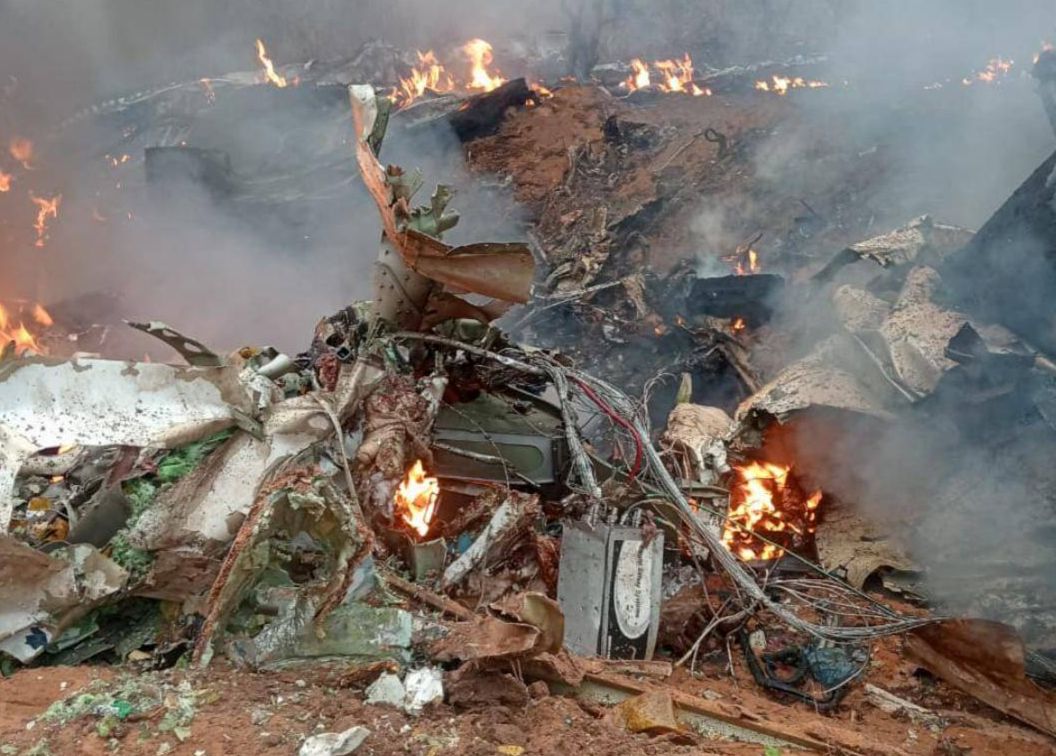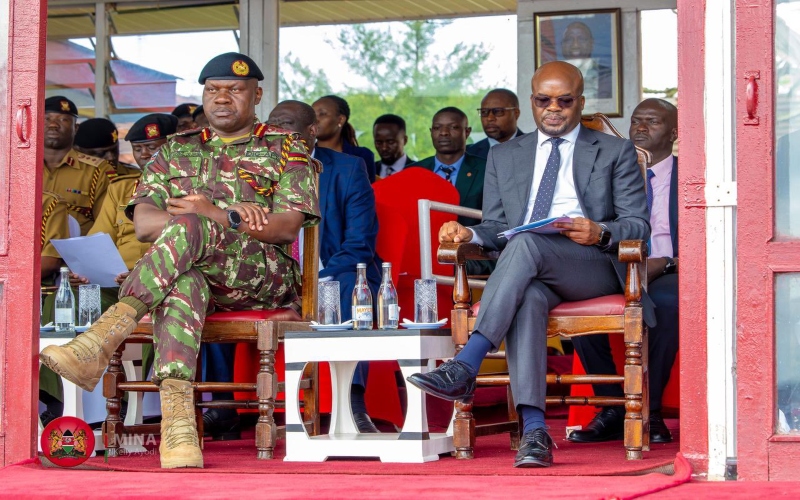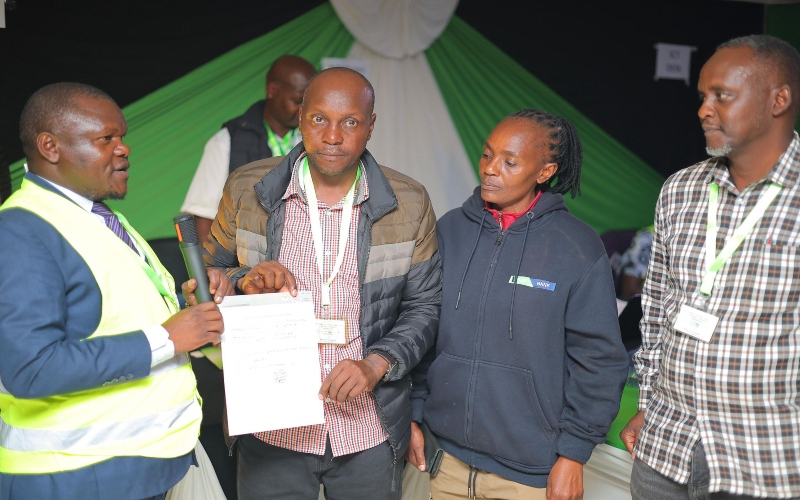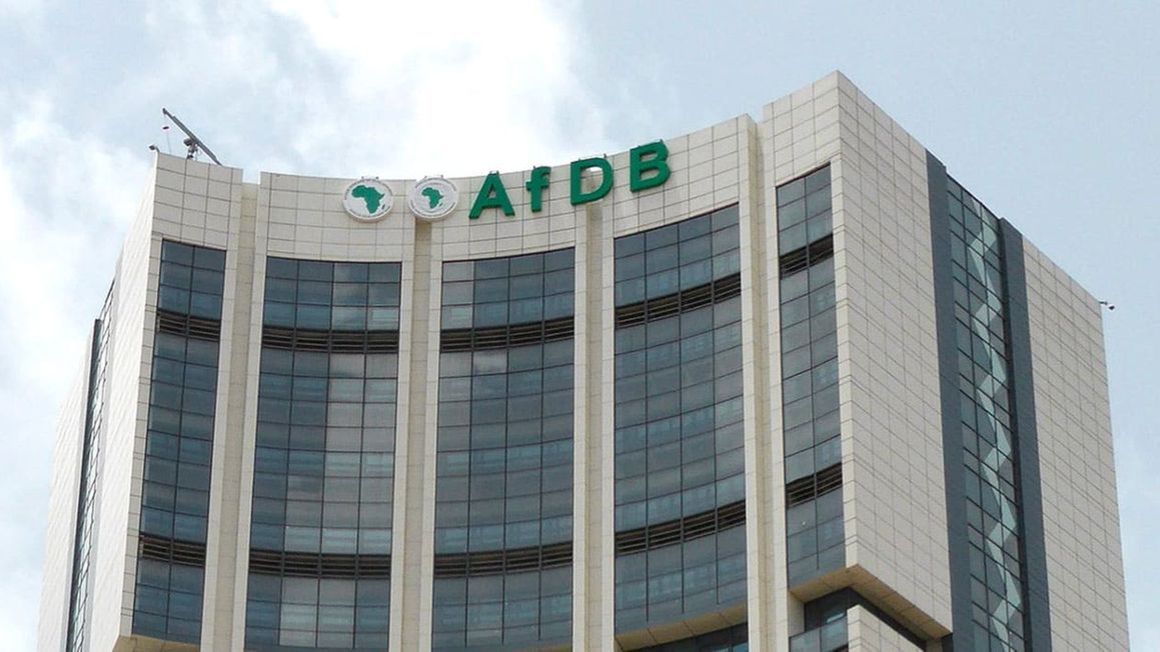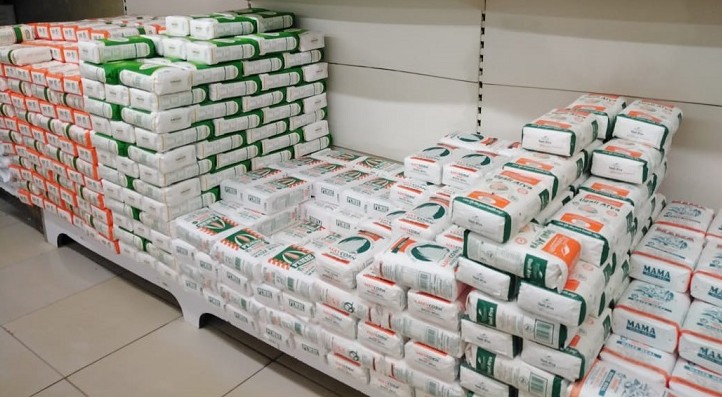Africa’s resilience tested as aid cuts, trade shifts cloud growth prospects - report
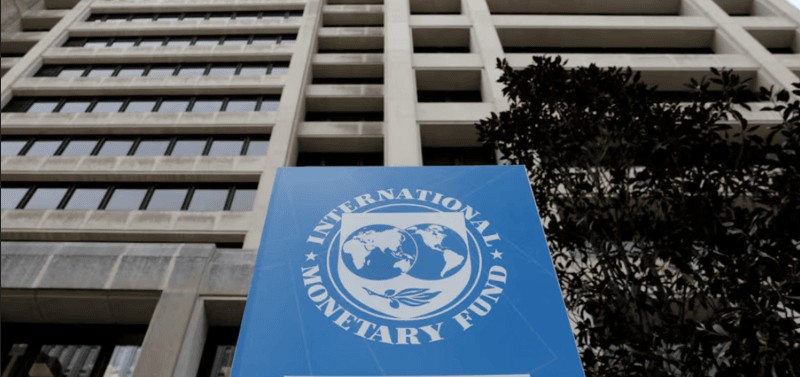
Sub-Saharan Africa’s economy is projected to expand by 4.1 per cent in 2025, same pace as last year, with an uptick to 4.4 per cent in 2026.
Africa’s economic growth is expected to remain resilient heading into next year, but downside risks are mounting.
According to the International Monetary Fund’s latest World Economic Outlook (WEO), Sub-Saharan Africa’s economy is projected to expand by 4.1 per cent in 2025, same pace as last year, with an uptick to 4.4 per cent in 2026.
More To Read
- Revenue raise, prudent debt key to Africa’s 2026 upgraded growth prospects - IMF
- Study in Botswana, Mauritius, Rwanda finds luxury tourism poses risks to African economies
- IMF trims 2025 global growth outlook to 3.2 per cent amid rising uncertainty
- Kenya confident of new IMF funding deal amid improved economic outlook
- World Bank raises Sub-Saharan Africa growth forecast to 3.8 per cent for 2025
- The international order is shifting: African countries have an opportunity to reshape global power relations
The steady outlook reflects ongoing macroeconomic reforms and stabilisation efforts in several key economies.
Yet, the lender warns that overlapping fiscal, financial and external vulnerabilities could easily derail the progress if not carefully managed.
It highlights that the region's resilience comes at a time when the global environment has become increasingly hostile.
Notably, it says the global aid architecture, which has long supported many African economies, has deteriorated sharply over the past year, leaving governments to grapple with shrinking fiscal buffers and growing uncertainty about the future of concessional finance.
One of the most pressing concerns is the steep fall in foreign aid, particularly bilateral support, which represents nearly 1.5 per cent of Sub-Saharan Africa’s total income.
The IMF projects the aid to decline by between 16 and 28 per cent in 2025, with more reductions expected in the years ahead.
The decline, it warns, could have far-reaching implications for the region’s fiscal stability and social development, especially in countries heavily reliant on external financing for basic services and humanitarian programs.
“Although foreign assistance has steadily declined as a share of income across much of the region, in countries such as the Central African Republic, South Sudan, and Niger potential cuts could surpass 10 per cent of government revenues,” the lender said.
“Health, education and humanitarian assistance programs are particularly vulnerable.”
The lender warns that reduced aid flows pose serious risks to lower-income and fragile states, where external assistance still constitutes a significant portion of government revenue.
In countries like South Sudan, Niger, and the Central African Republic, potential cuts could surpass 10 per cent of total revenues, threatening critical programs in health, education, and humanitarian relief.
Although governments have tried to offset the decline through domestic resource mobilisation, the lender says fiscal constraints and weak administrative capacity limit how far they can go.
It further warns that the erosion of aid support could widen inequality and undermine progress toward the Sustainable Development Goals (SDGs).
At the same time, the IMF reckons that trade conditions have worsened, further compounding the economic strain.
The IMF stresses that domestic revenue mobilisation, through improved tax administration and expenditure efficiency, remains a key priority to shield economies from such external shocks.
Top Stories Today
